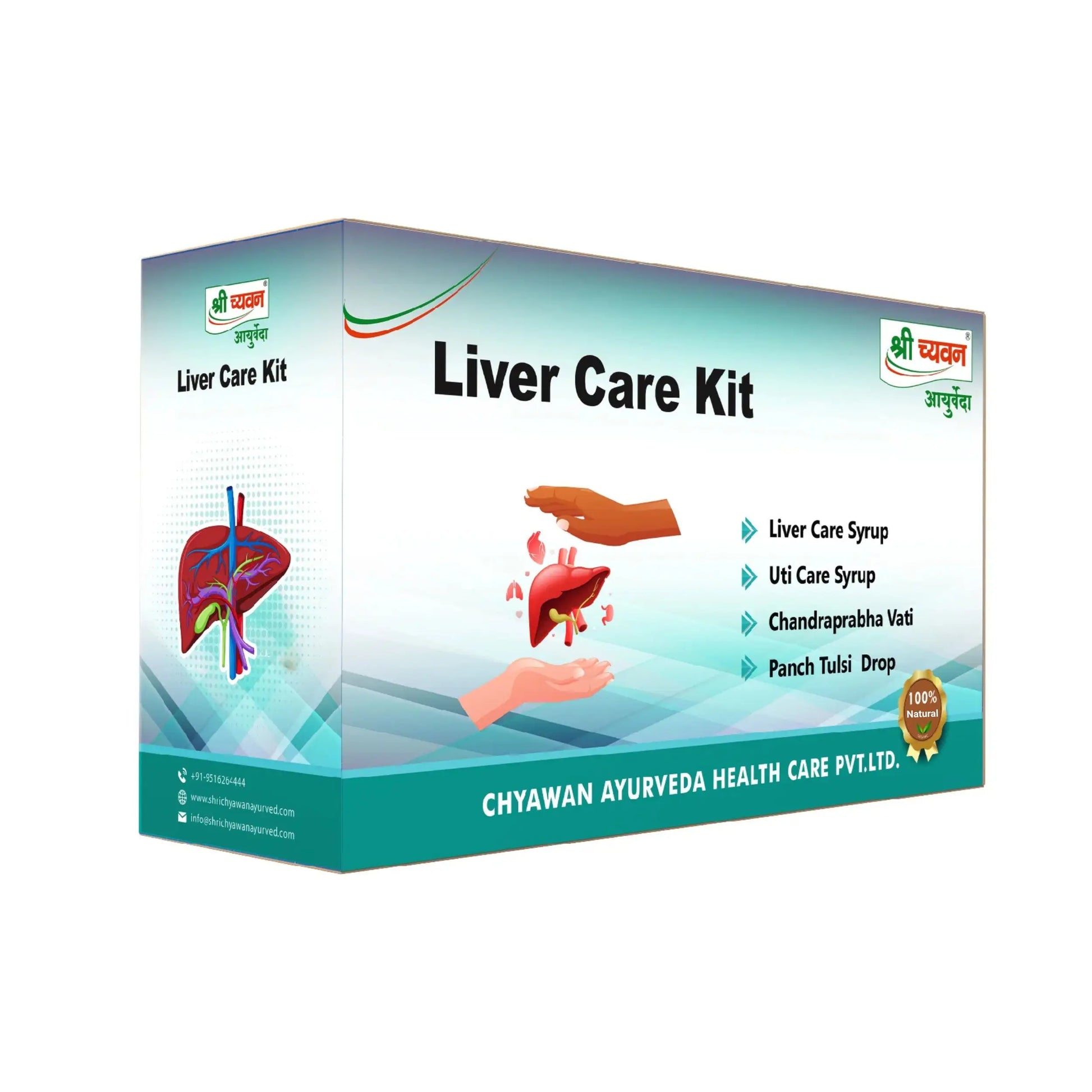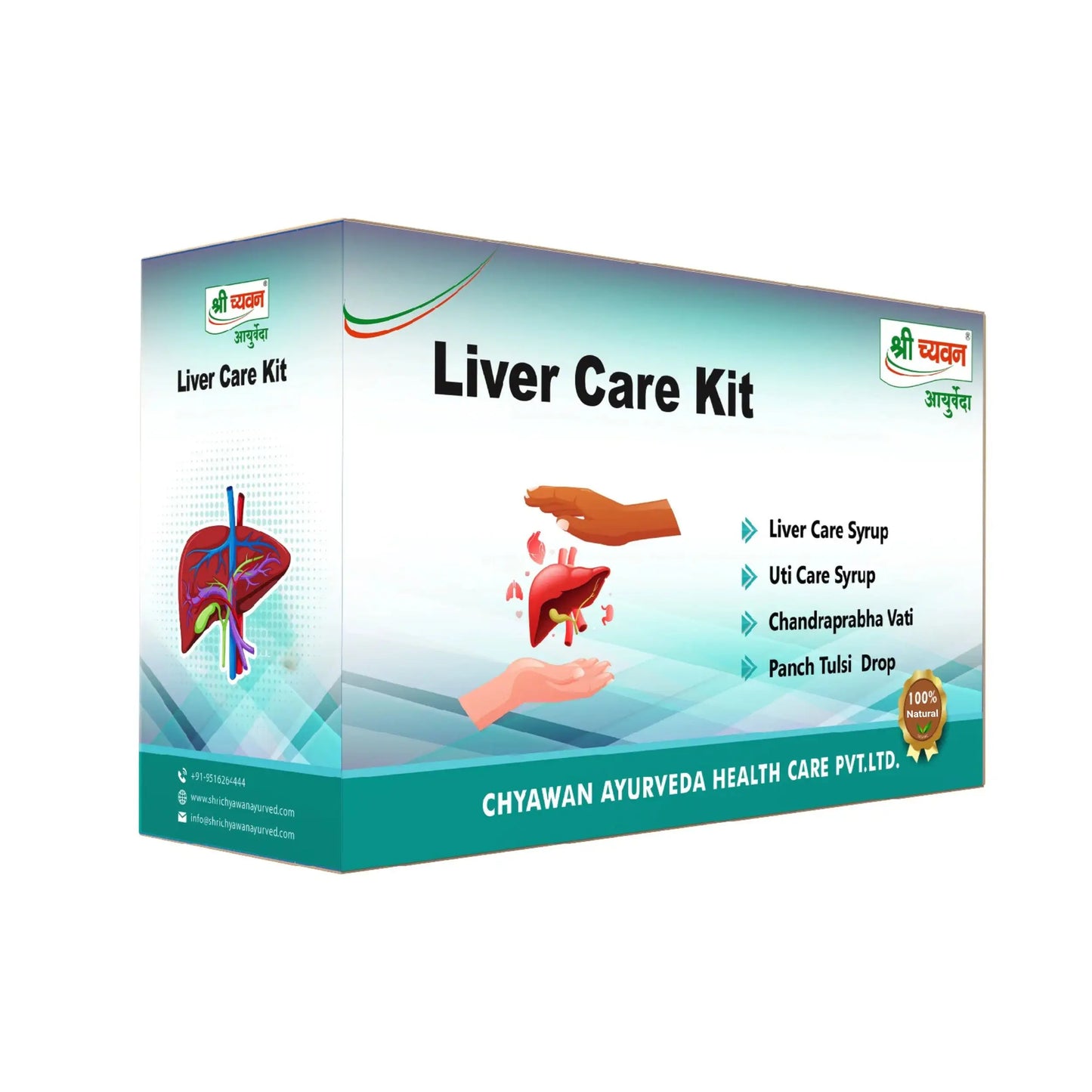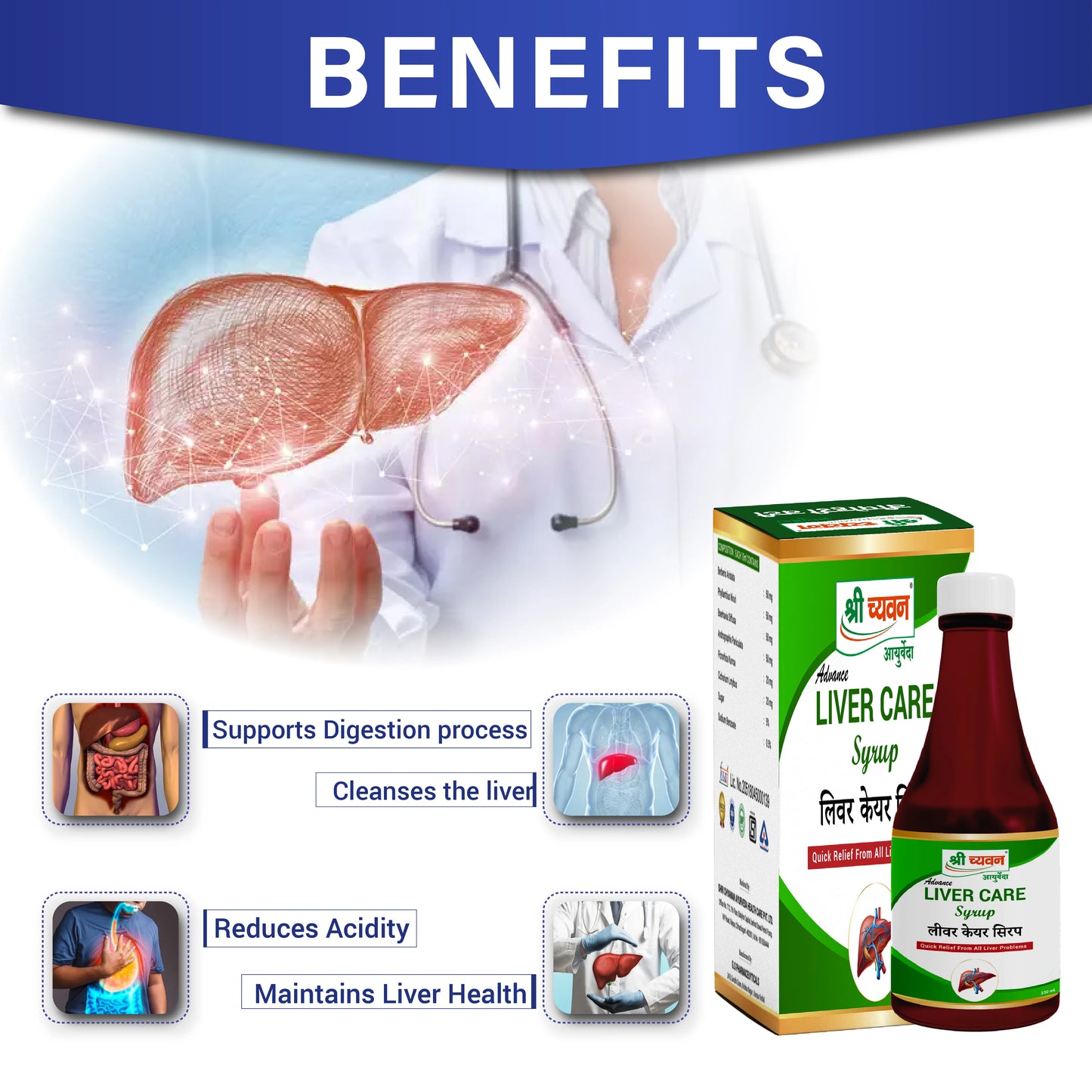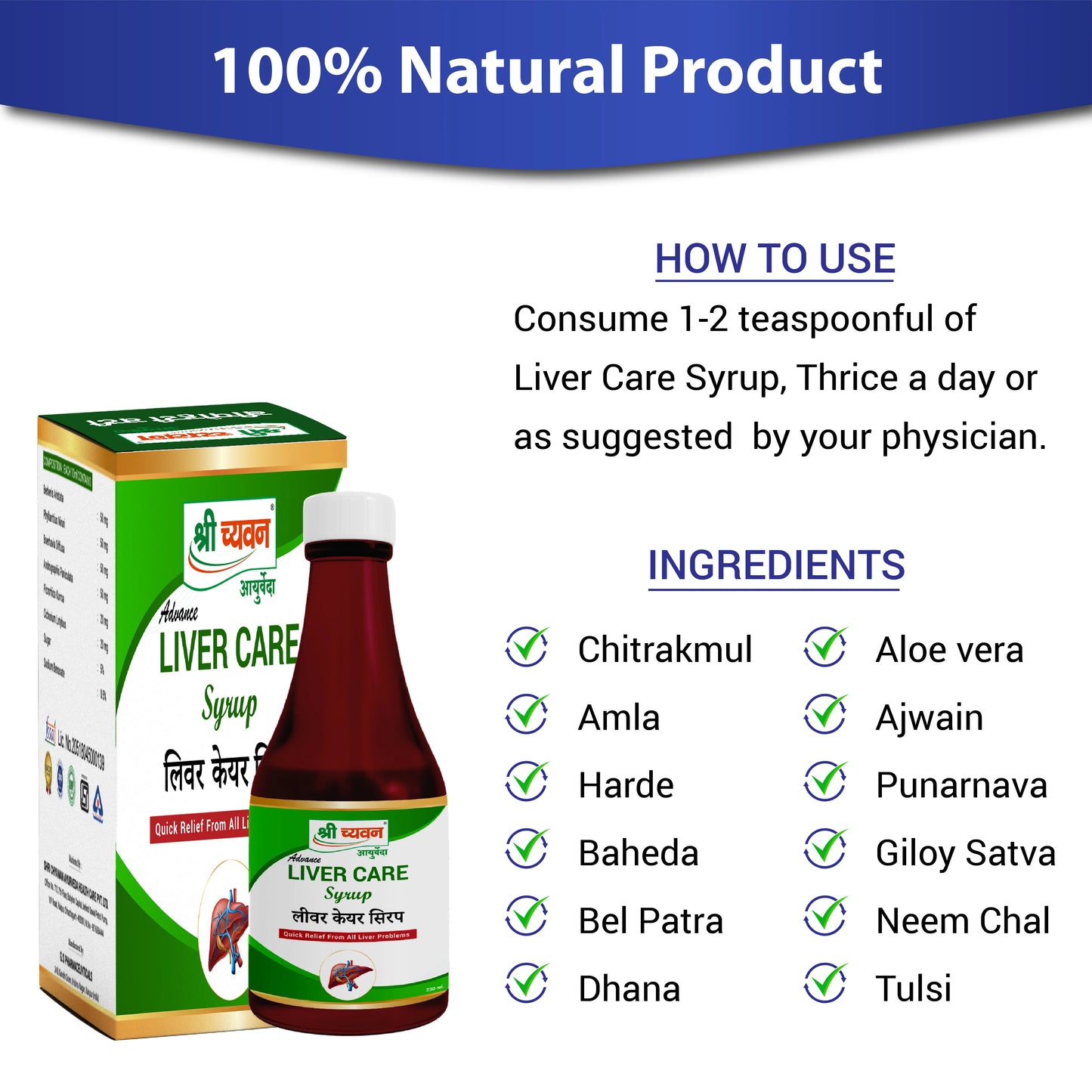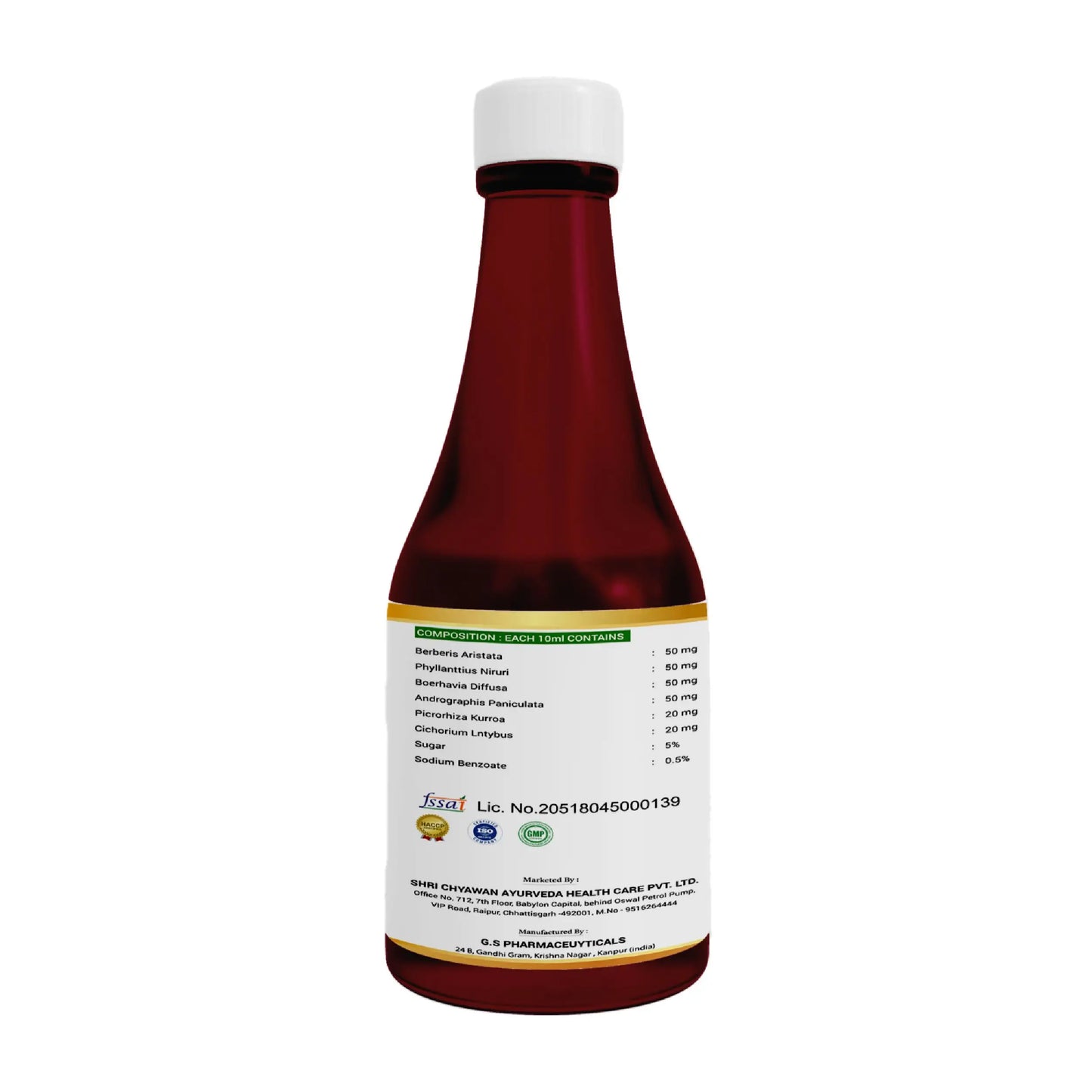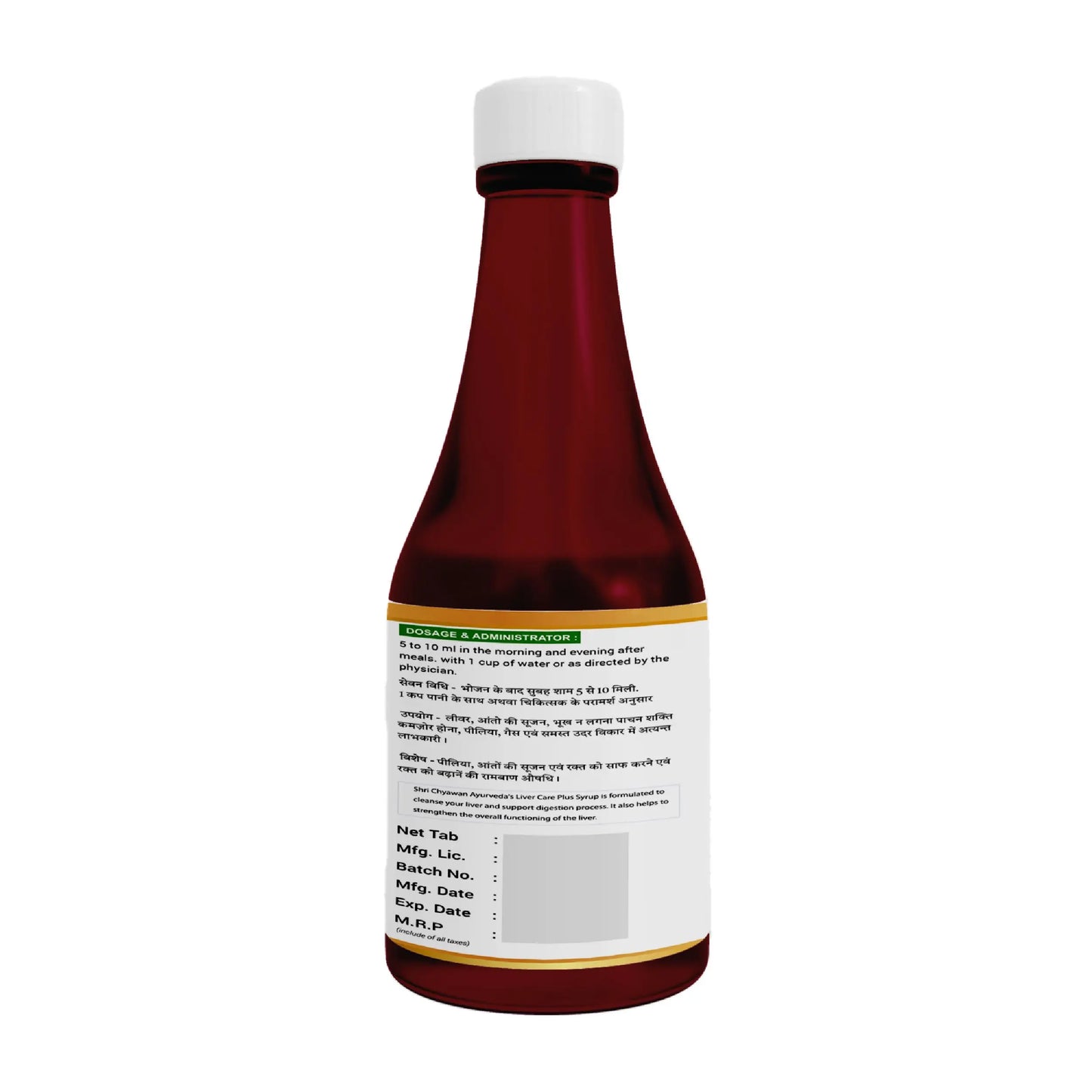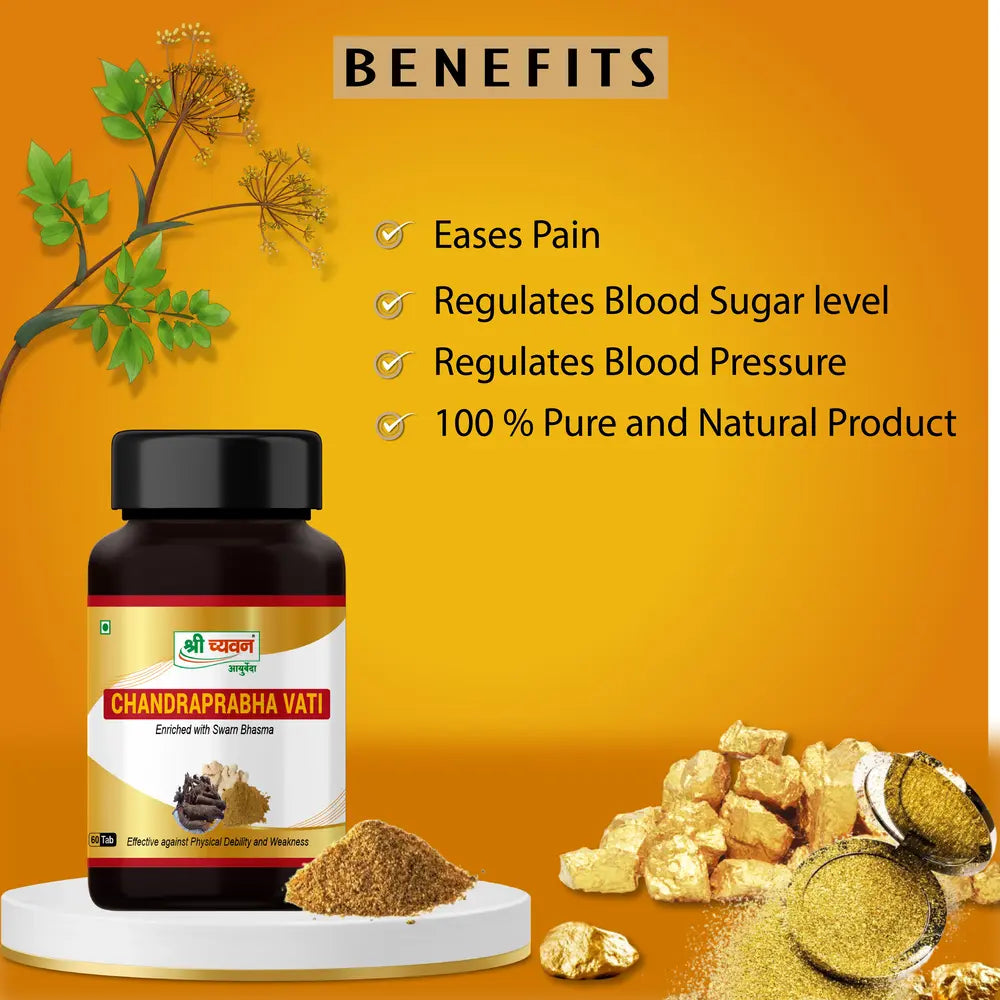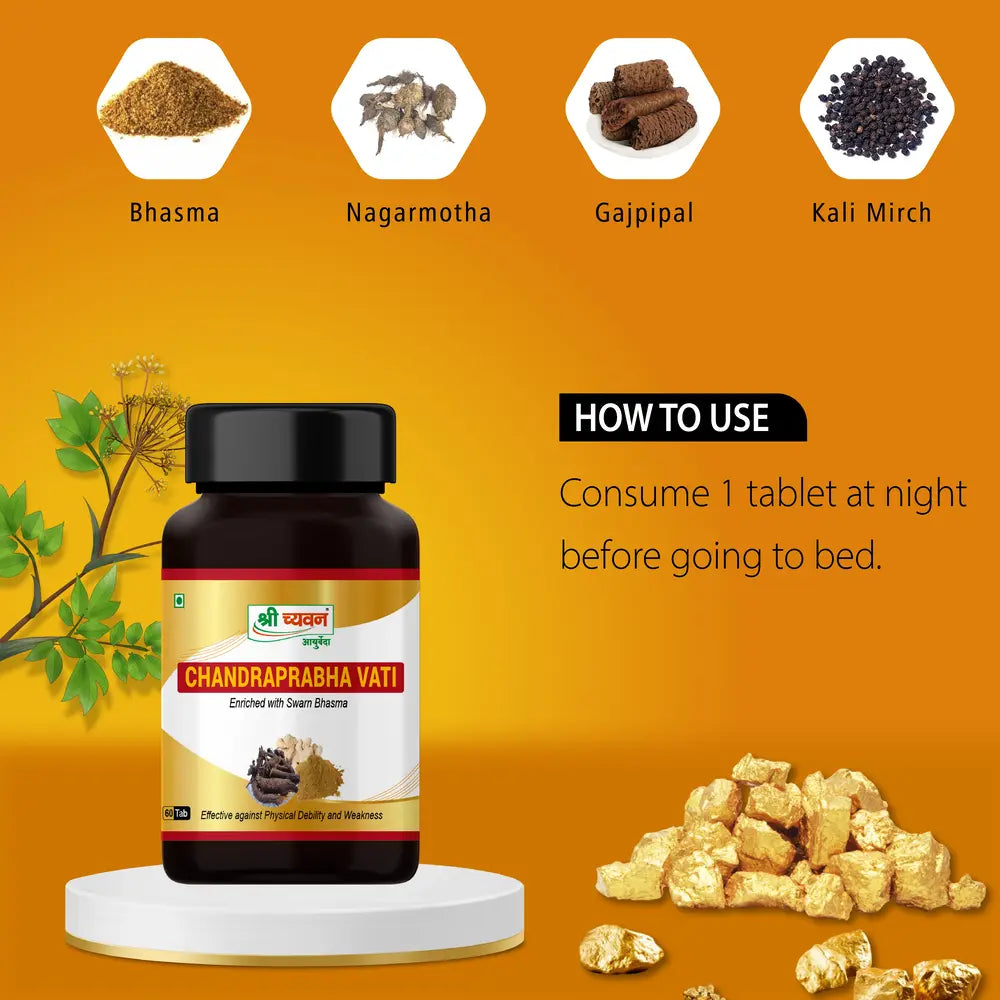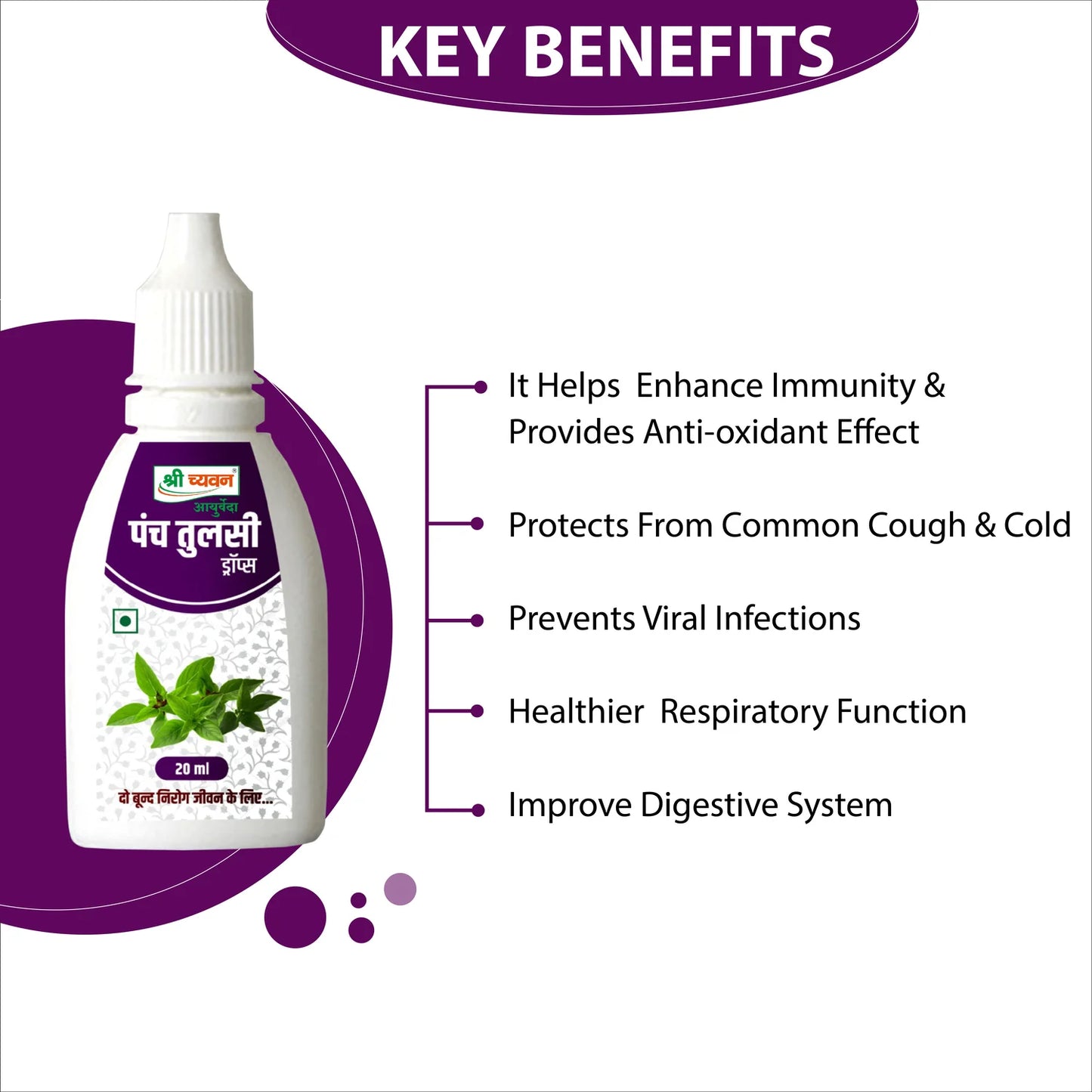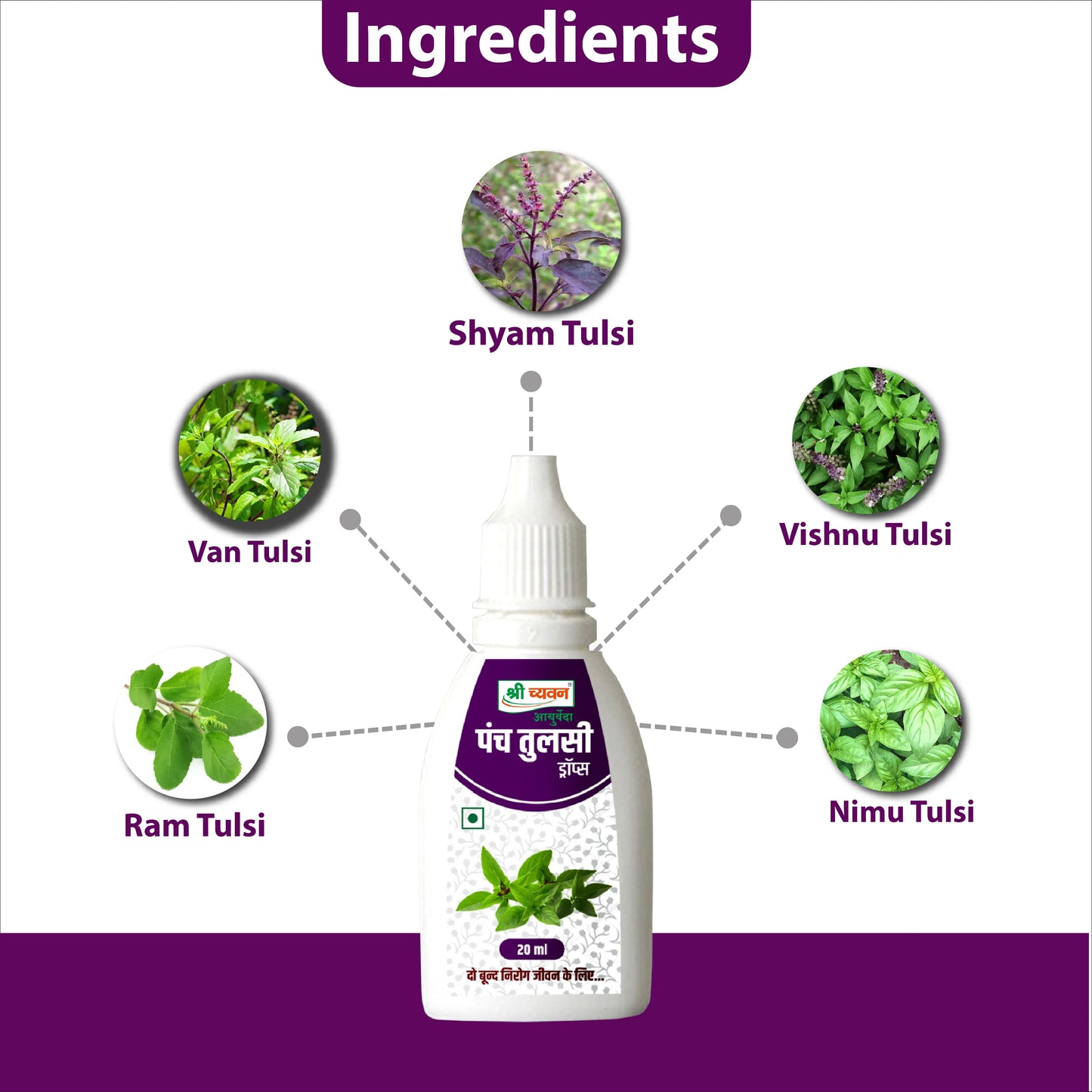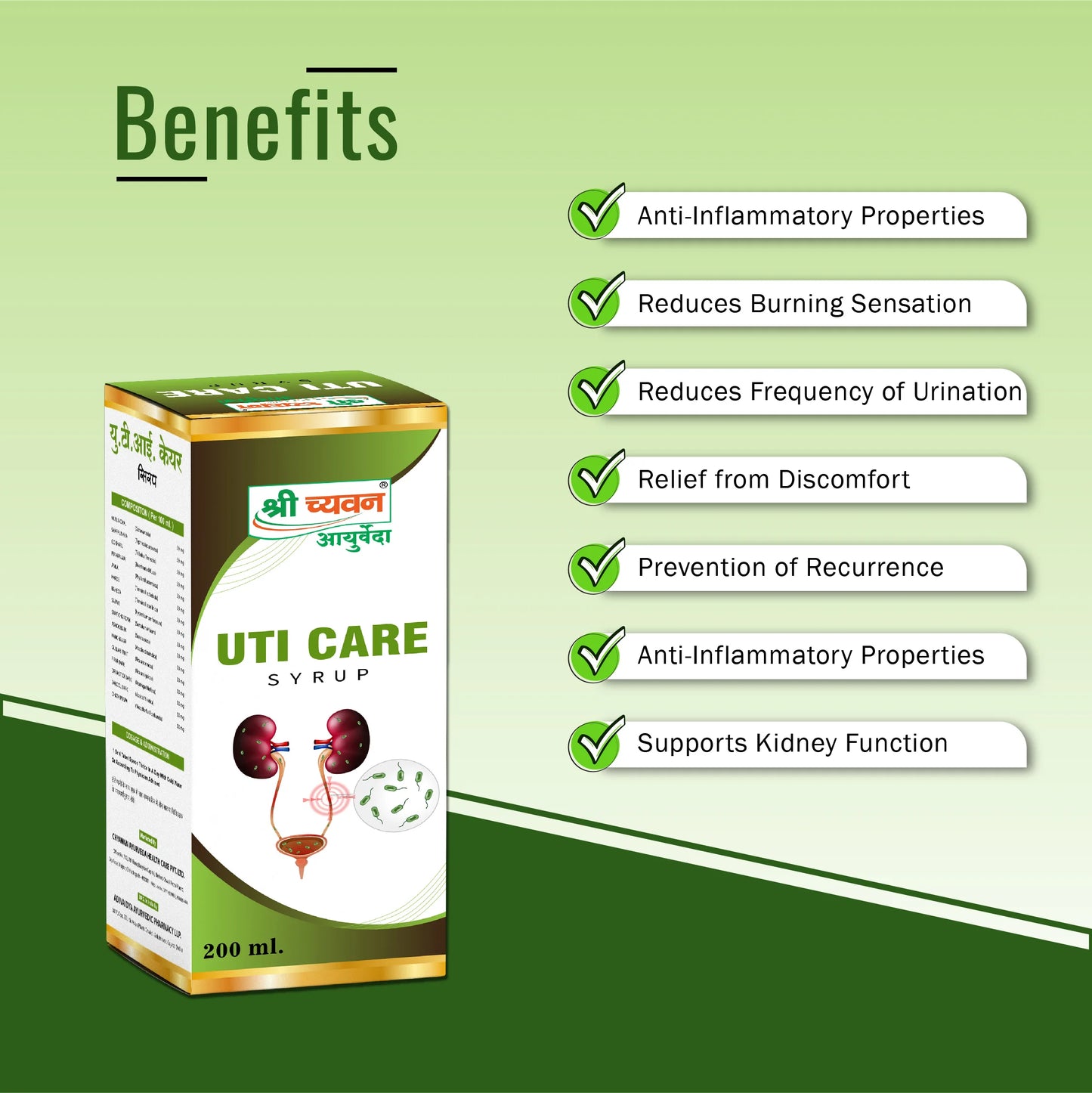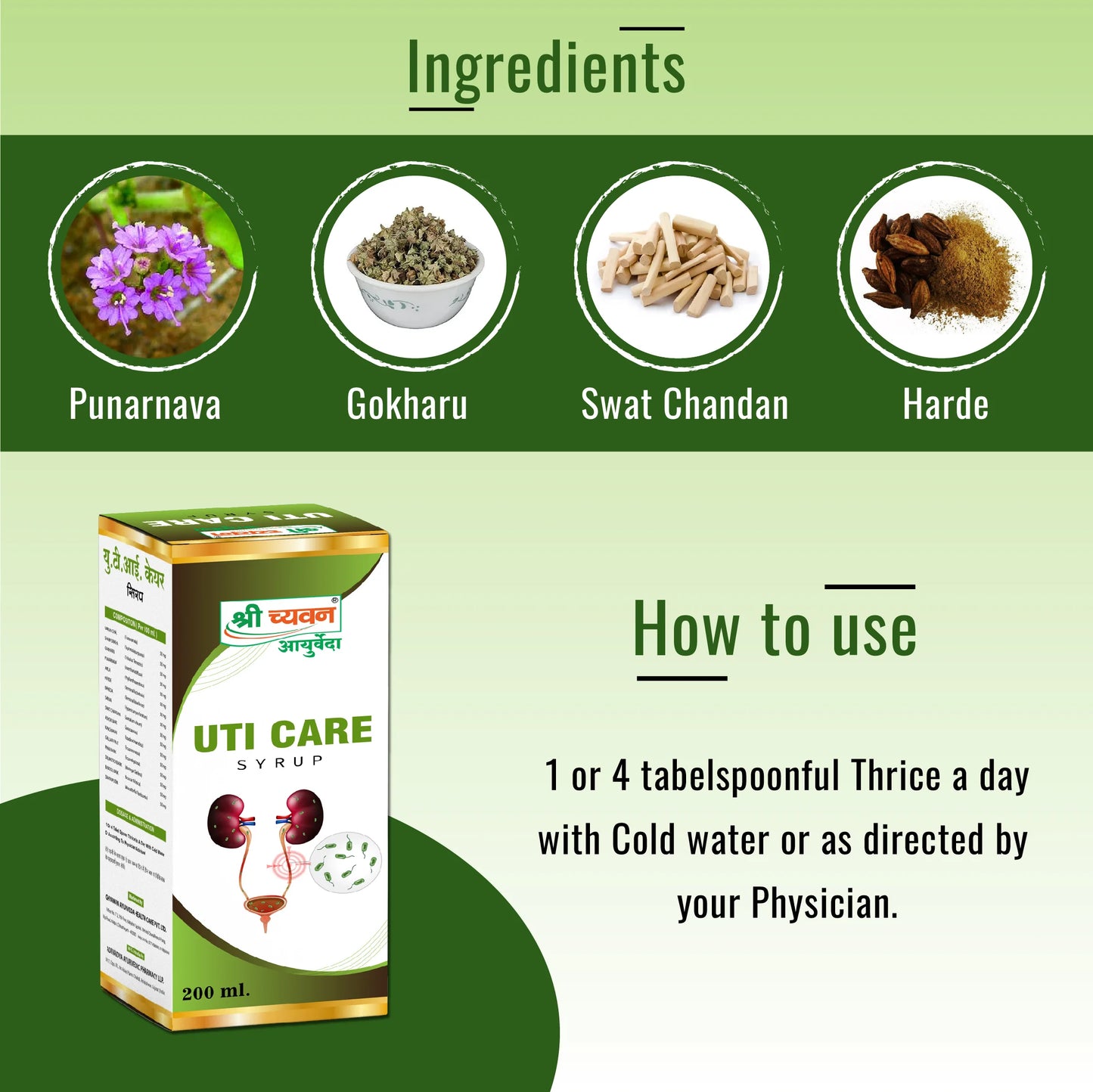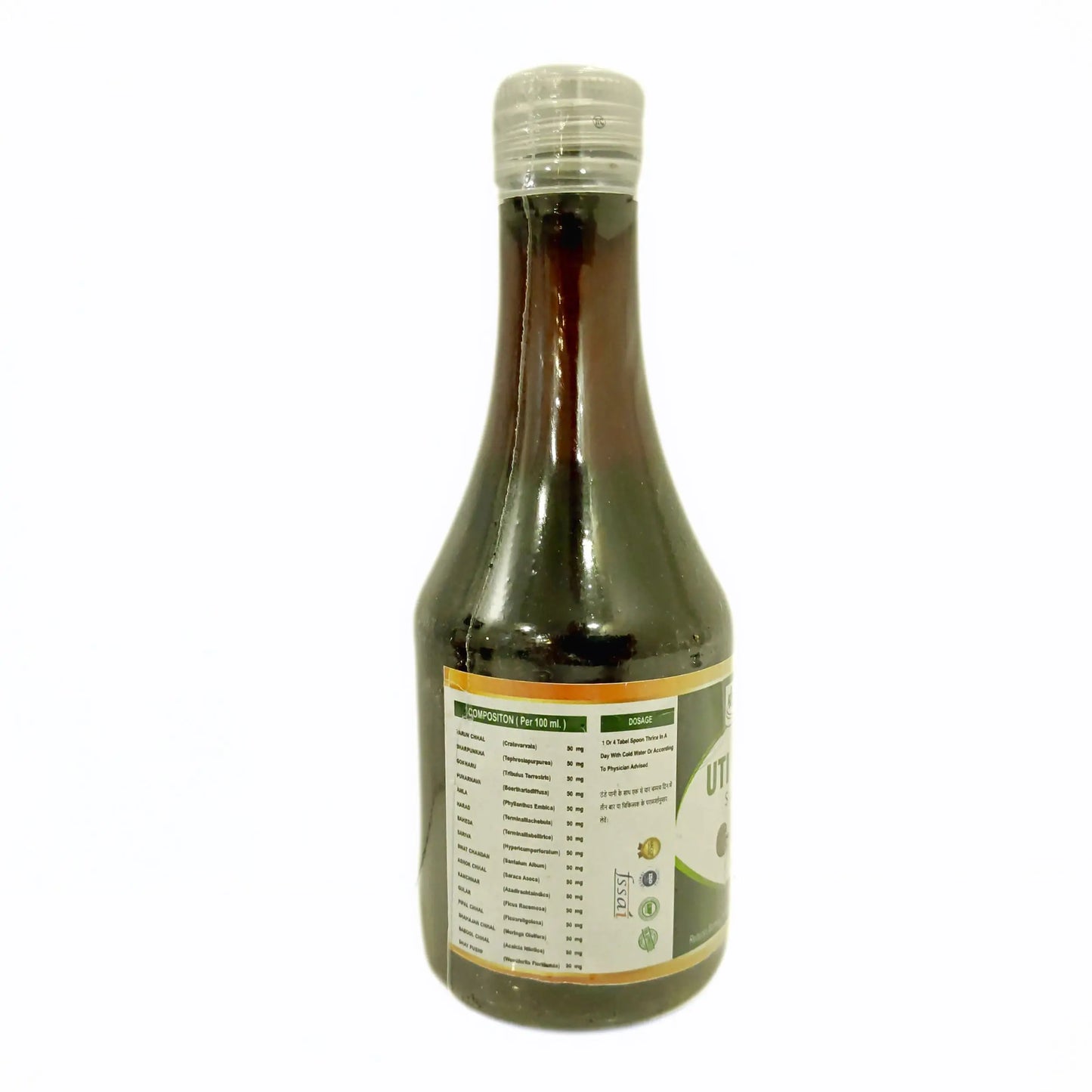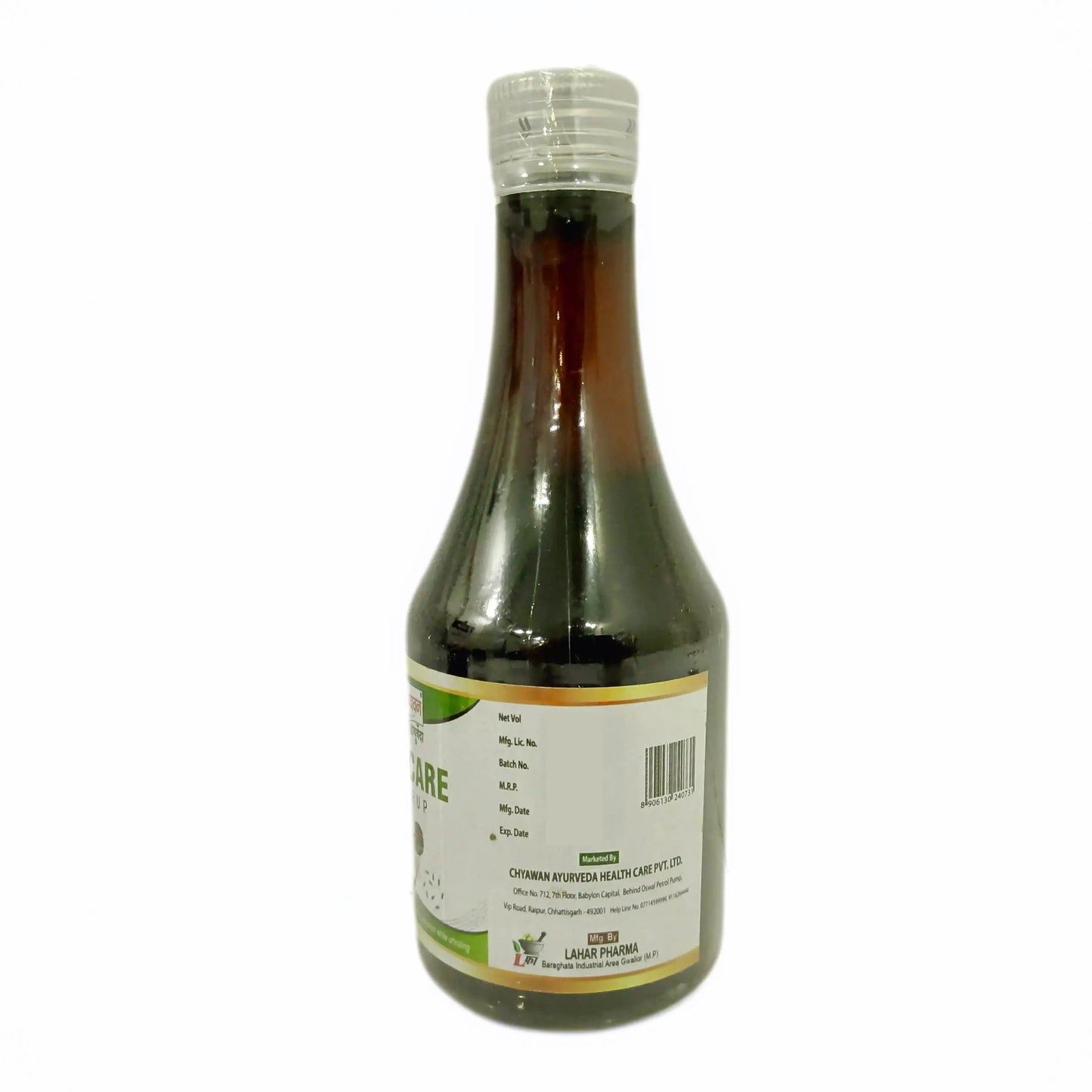Introduction to Fatty Liver
Fatty liver disease occurs when excess fat accumulates in the liver, potentially leading to inflammation and liver damage.
What is Fatty Liver Disease?
It is categorized into:
1. Non-Alcoholic Fatty Liver Disease (NAFLD) – Caused by poor diet, obesity, and metabolic issues.
2. Alcoholic Fatty Liver Disease (AFLD) – Resulting from excessive alcohol consumption.
Causes and Risk Factors
-
Obesity and poor diet
-
Diabetes and insulin resistance
-
High cholesterol and triglycerides
-
Excessive alcohol intake
-
Sedentary lifestyle
-
Genetic predisposition
Understanding the Grades of Fatty Liver
Fatty liver disease is classified into three grades based on fat accumulation and liver damage.
Overview of Fatty Liver Classification
1. Grade 1 (Mild) – Fat buildup with no significant inflammation, usually reversible with lifestyle changes.
2. Grade 2 (Moderate) – Increased fat accumulation with mild inflammation, requiring medical attention.
3. Grade 3 (Severe) – Extensive fat buildup, inflammation, and liver damage, increasing the risk of fibrosis and cirrhosis.
Early detection and proper management can help prevent complications.
Grade 1 Fatty Liver (Mild)
Grade 1 fatty liver is the initial stage with fat accumulation in liver cells but no significant damage. It is reversible with lifestyle changes.
Symptoms and Diagnosis
-
Usually asymptomatic
-
Mild fatigue or discomfort
-
Diagnosed via ultrasound and blood tests
Causes and Risk Factors
-
Poor diet and obesity
-
Insulin resistance and diabetes
-
High cholesterol and sedentary lifestyle
-
Excessive alcohol intake (in some cases)
Treatment and Prevention
-
Eat a healthy, fiber-rich diet
-
Exercise regularly
-
Maintain a healthy weight
-
Limit alcohol intake
-
Stay hydrated
Early intervention can help reverse Grade 1 fatty liver and prevent progression.
Grade 2 Fatty Liver (Moderate)
Grade 2 fatty liver involves moderate fat accumulation with mild inflammation, increasing the risk of liver damage.
Symptoms and Progression
-
Mild to moderate abdominal discomfort
-
Fatigue, weakness, and digestive issues
-
Can progress to Grade 3, leading to fibrosis
Health Risks Associated
-
Higher risk of liver fibrosis and cirrhosis
-
Increased chances of insulin resistance and diabetes
-
Elevated cholesterol, leading to heart disease
Treatment and Dietary Changes
-
Eat a fiber-rich, balanced diet
-
Reduce sugar, processed foods, and unhealthy fats
-
Exercise regularly (30–45 minutes daily)
-
Maintain a healthy weight and avoid alcohol
Lifestyle changes can help manage and prevent the progression of Grade 2 fatty liver.
Grade 3 Fatty Liver (Severe)
Grade 3 fatty liver is the most advanced stage, with significant fat accumulation, inflammation, and liver damage, increasing the risk of serious complications.
Symptoms and Complications
-
Severe fatigue and weakness
-
Persistent abdominal pain and swelling
-
Jaundice (yellowing of skin and eyes)
-
Digestive issues and unexplained weight loss
Risk of Liver Fibrosis and Cirrhosis
-
High chance of liver fibrosis (scarring)
-
Increased risk of cirrhosis, leading to liver failure
-
Potential progression to liver cancer
Treatment Options and Medical Intervention
-
Strict diet control (low-fat, high-fiber, and nutrient-rich foods)
-
Regular exercise and weight management
-
Avoid alcohol and liver-damaging substances
-
Medical treatments, including medications and liver monitoring
-
In severe cases, a liver transplant may be required
Early medical intervention and lifestyle changes are crucial to managing Grade 3 fatty liver and preventing irreversible damage.
How to Reverse Fatty Liver Naturally
Fatty liver can be reversed with proper diet, lifestyle changes, and natural remedies.
Diet and Lifestyle Changes
-
Eat a balanced diet rich in fiber, vegetables, and lean proteins
-
Avoid processed foods, refined sugars, and unhealthy fats
-
Stay hydrated and practice portion control
Ayurvedic and Home Remedies
-
Consume Amla (Indian gooseberry) for liver detox
-
Drink Aloe Vera or Giloy juice for liver health
-
Use Turmeric and Neem for their anti-inflammatory properties
-
Take Triphala to improve digestion and metabolism
Importance of Exercise
-
Engage in 30–45 minutes of daily physical activity
-
Include walking, yoga, and strength training to improve liver function
-
Maintain a healthy weight to reduce fat accumulation in the liver
Consistent lifestyle changes can help reverse fatty liver and improve overall liver health.
When to See a Doctor?
Seek medical attention if symptoms of liver damage appear.
Warning Signs and Complications
-
Fatigue, weakness, and abdominal pain
-
Jaundice (yellow skin and eyes)
-
Unexplained weight loss and appetite loss
-
Dark urine and pale stools
Medical Tests and Diagnosis
-
Liver Function Tests (LFTs) – Checks enzyme levels
-
Ultrasound/FibroScan – Detects fat buildup
-
Blood Tests – Assesses cholesterol and glucose
-
Liver Biopsy (if needed) – Confirms severity
Early diagnosis can help prevent complications like cirrhosis and liver failure.
Sri Chyawan Ayurveda's Liver Care Kit
Product Description: Shri Chyawan Ayurveda's Liver Care Kit has been formulated to primarily focus on problems related to non-alcoholic fatty liver diseases, alcohol-related liver diseases, Hepatitis, Hemochromatosis, etc. and it effectively provides relief. This kit is made using all herbal and natural ingredients and is safe to use. It consists of:
1. Chandraprabha Vati:
It reduces the level of Uric acid, which ultimately helps to provide relief from the pain in the liver and reduces swelling as well.
Ingredients:
It consists Swarn Bhasm, Vai Vidang, Chitrak Bark, Daruharidra, Devdaru, Camphor, Pipalmool, Nagarmotha, Pippal, Kali Mirch, Yavkshar, Vach, Dhania, Chavya, Gajpipal, Sounth, Sendha Namak, Nishoth, Dantimool, Tejpatra, Chhoti elaichi.
How to use: Consume 1 tablet at night before going to bed.
2. Panch Tulsi Drops: Shri Chyawan Ayurveda's Panch Tulsi Drops have been made with 5 forms of Tulsi that is Ram Tulsi, Van Tulsi, Shyam Tulsi, Vishnu Tulsi and Nimu Tulsi. It helps boost the immune system and build body's resistance. This drop is very effective to fight normal cold, cough, sore throat, etc.
Ingredients: Panch Tulsi Drops consist of extract of 5 types of tulsi namely: Ram Tulsi, Van Tulsi, Shyam Tulsi, Vishnu Tulsi, and Nimu Tulsi. It does not include any artificial colors, flavors, etc.
How to use: Add 1-2 drops of Panch Tulsi Drops in a cup of tea/coffee or in a glass of water, twice a day.
3. Uti Care Syrup: It is useful in Urine Infection and Urine blockages. It also acts as a detoxifier for your body and cleanses your system. It is an effective ayurvedic syrup for fatty liver treatment
Ingredients: It consists of mainly Varun Chal, Sharpunkha, Gokharu, Punarnava, Amle, Harde, Baheda, Sariva, Swat Chandan, Ashok Bark, Kanchanar, Gullar Fruit, Pipar Bark, Drumstick Bark, Babbol Bark, Dhatkipuspa.
How to use: Consume 1 teaspoon thrice a day with cold water or as directed by the physician.
4. Liver Care Syrup: An ayurvedic syrup for fatty liver is formulated to cleanse your liver It also helps to strengthen the overall functioning of the liver.
Ingredients: It consists of Chitrakmul, Amla, Harde, Baheda, Bel Patra, Dhana, Aloe vera, Ajwain, Punarnava, Giloy Satva, Neem Chal, and Tulsi.
How to use: Consume 1-2 teaspoonful of Liver Care Syrup, thrice a day or as suggested by your physician.
Conclusion
Fatty liver disease is a growing health concern but can be managed and even reversed with early intervention. Adopting a healthy lifestyle, maintaining a balanced diet, and staying physically active are key to preventing its progression. Timely medical consultation is essential, especially in advanced stages.
Key Takeaways
-
Fatty liver has three grades, with Grade 1 being reversible and Grade 3 posing serious risks.
-
Unhealthy diet, obesity, and sedentary lifestyle are major causes.
-
Symptoms may be mild initially but can lead to complications like cirrhosis if untreated.
-
Early diagnosis through liver function tests and imaging can prevent severe damage.
-
Diet, exercise, and Ayurvedic remedies play a crucial role in liver health.
-
Medical intervention is necessary in advanced stages to avoid liver failure.
By making the right lifestyle choices, fatty liver can be controlled, and overall liver health can be improved.
Free Consultation with our Expert Doctor- 📞📞 95162 64444





